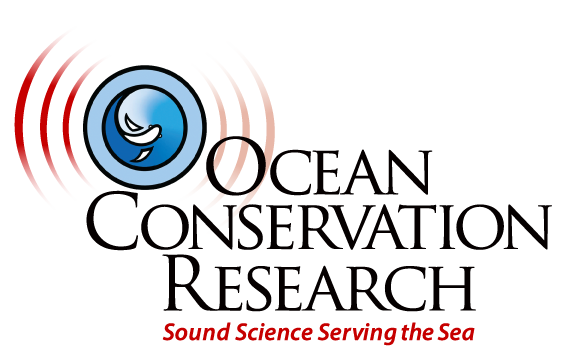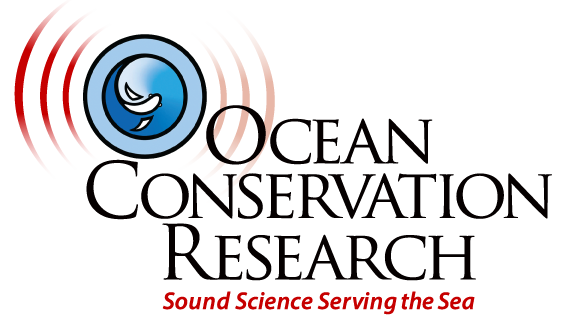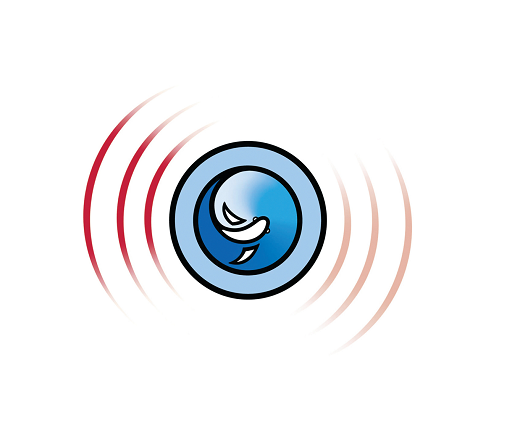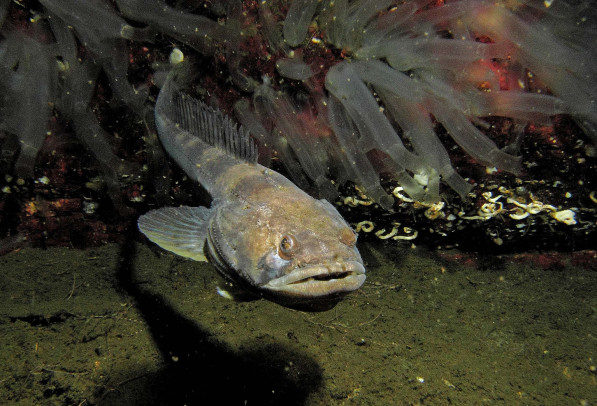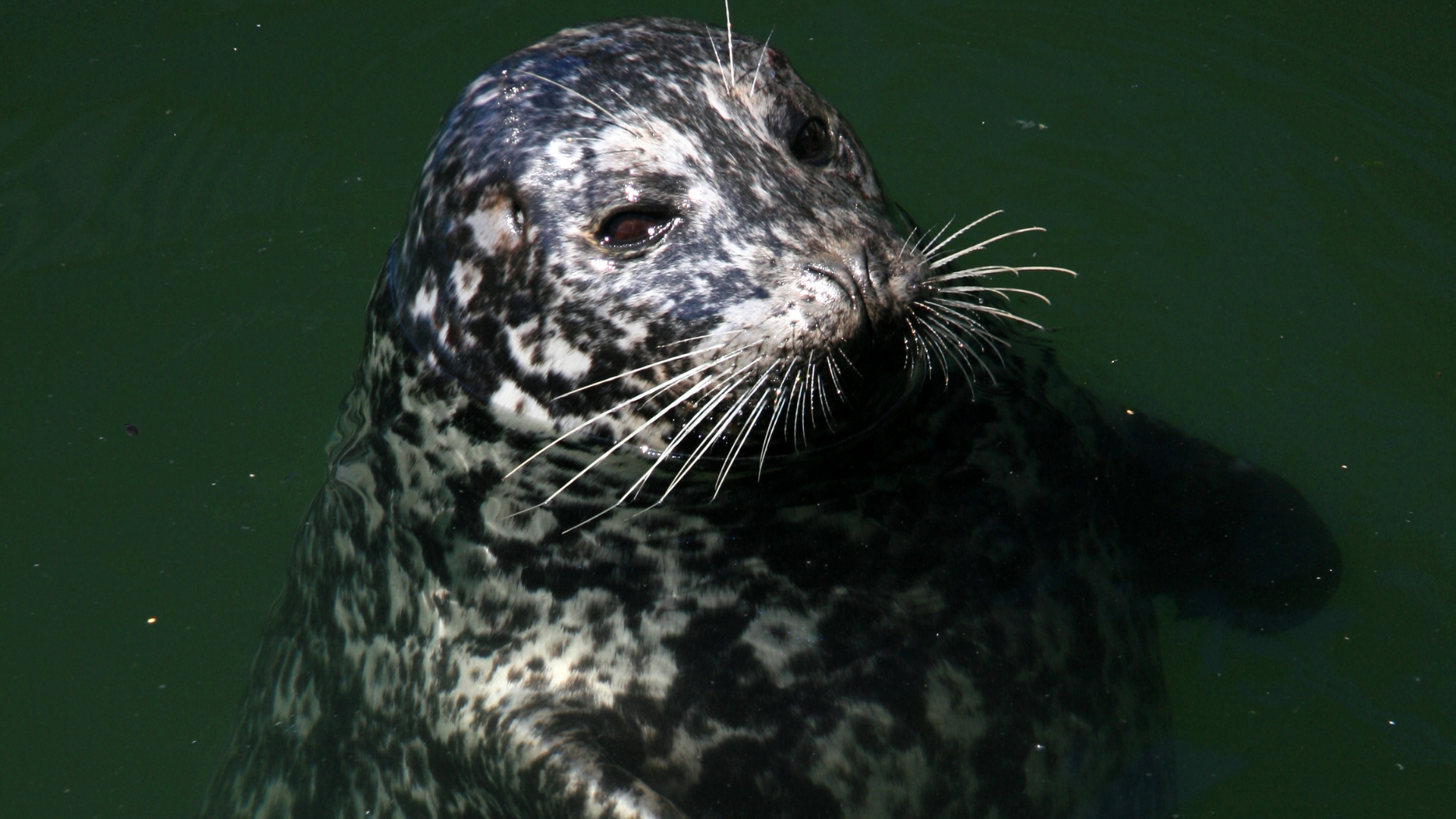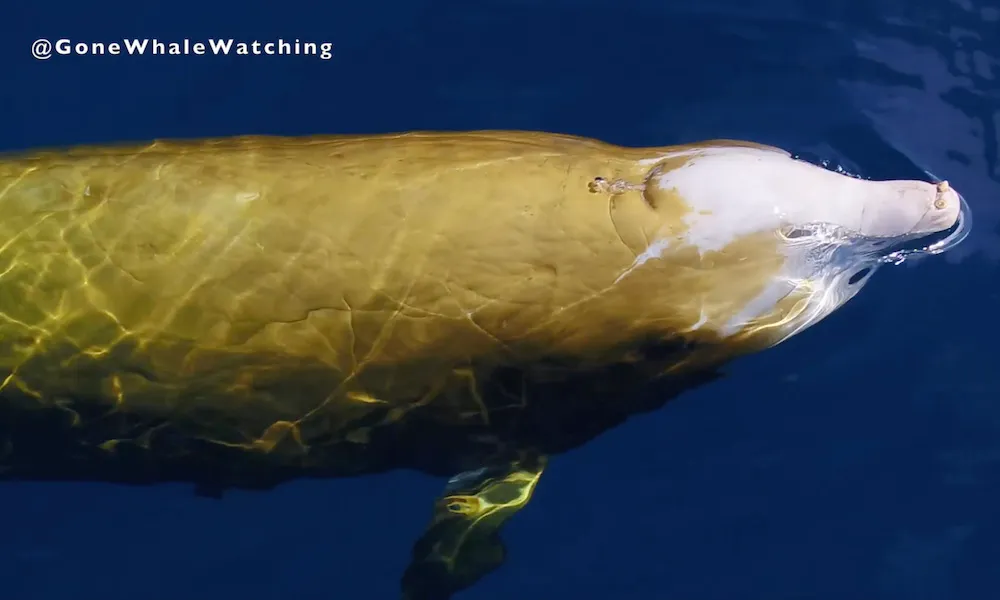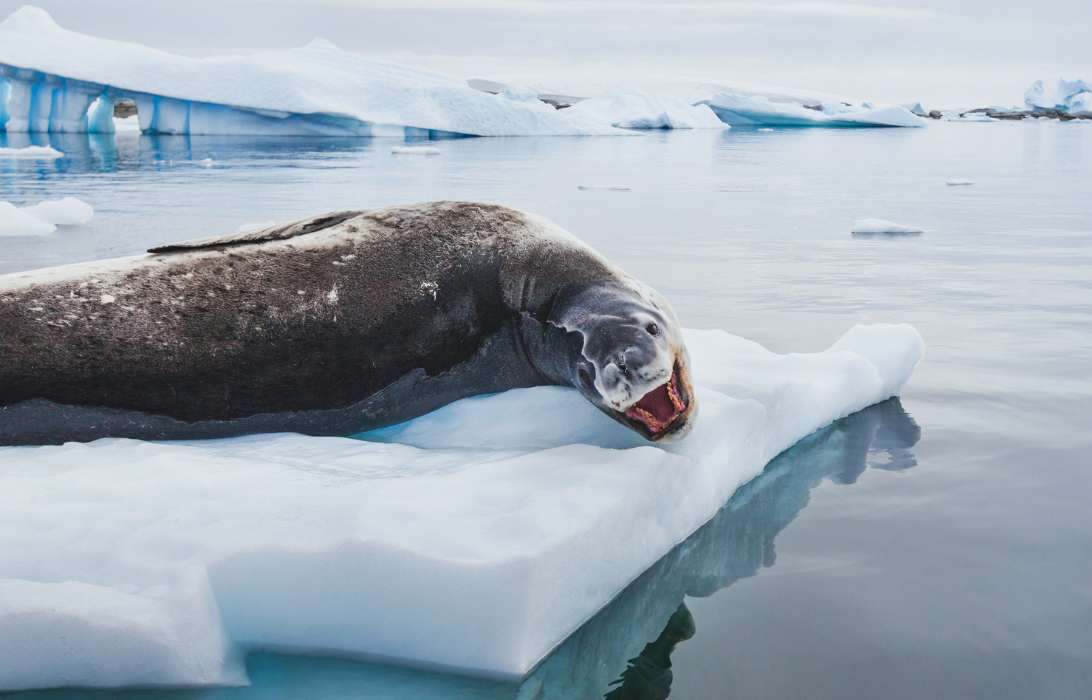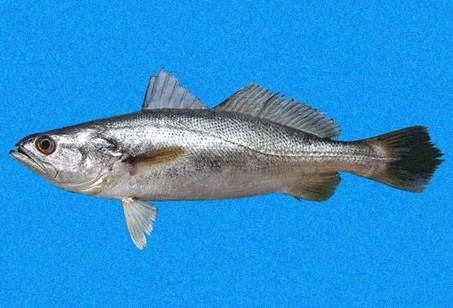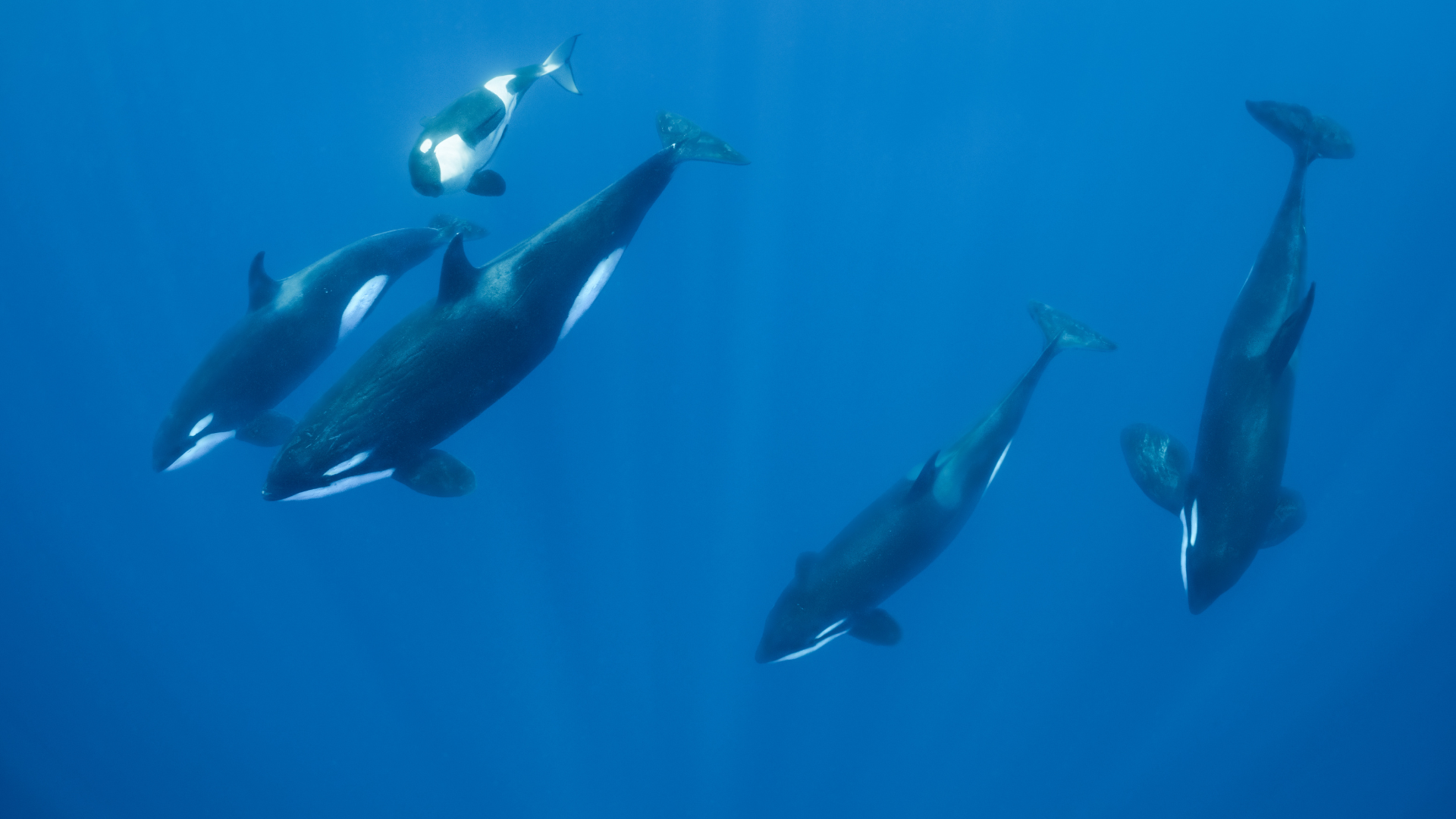LATIN NAME Porichthys notatus
AKA Plainfin midshipman, Humming Toadfish, California Canary fish
LENGTH Typical length 15 cm (6”) Max length: 38.0 cm(15”)
LIFETIME Not sufficient evidence
PHYSICAL TRAITS Olive brown to bronze or dark iridescent purple on dorsal surface, paler on sides with a golden yellow on ventral surface; white space under eye with a black crescent below; white on posterior edge of maxillary; young with a weak dark dorsal saddle.They are distinguished by having photophores (which they use to attract prey and after which they are named, reminding some of a naval uniform’s buttons) and four lateral lines.
BEHAVIOR Nest is guarded by males, prey of seals and sea lions, can breath air out of water
HABITAT Shallow waters, muddy bays, inter-tidal areas where they can be found under stones when the tide is out.
LOCATIONS Crustaceans and fish
FOOD In the northern hemisphere, minke whales appear to be feeding primarily on small schooling fish such as herring, capelin, sandlance, and pilchard. They may also feed on krill and other zooplankton, which is the staple food for southern hemisphere minkes.
PREDATORS Seals and sea lions
These animals reached stardom in the US about 30 years ago when the extremely loud humming sound was disrupting the lives of houseboat residents in upscale Sausalito harbor, California. The alien sound was attributed to the military, to some sinister industrial project, and even to extra-terrestrials.
The sample here is produced by two males presumably ‘courting’ a female by way of swim-bladder oscillation. The phasing of their chorus (small time domain shifts over a frequency-synchronized signal) could carry some imbedded information about breeding fitness, or it could be a way of ambiguating the actual source of the signal to predators, or…?
Audiographs
Two Midshipman courting a female
CD Supplement to: “Sounds of the Western North Atlantic Fishes” by Fish & Mowbray, 1970. CD ©University of Rhode Island, 2001.
LINKS
LITERATURE
Eschmeyer, W.N., E.S. Herald and H. Hammann 1983 A field guide to Pacific coast fishes of North America. Houghton Mifflin Company, Boston, U.S.A. 336 p.
